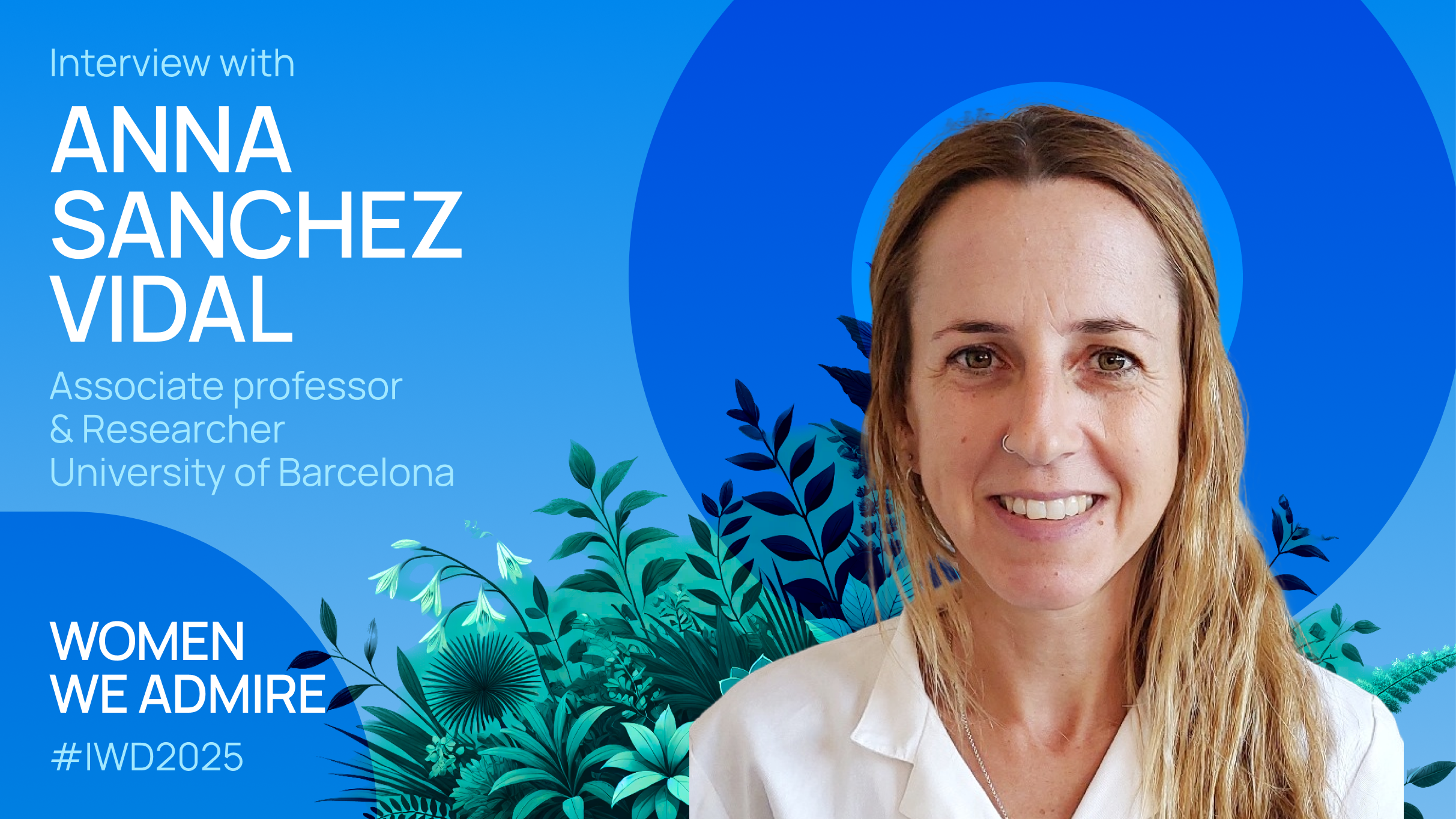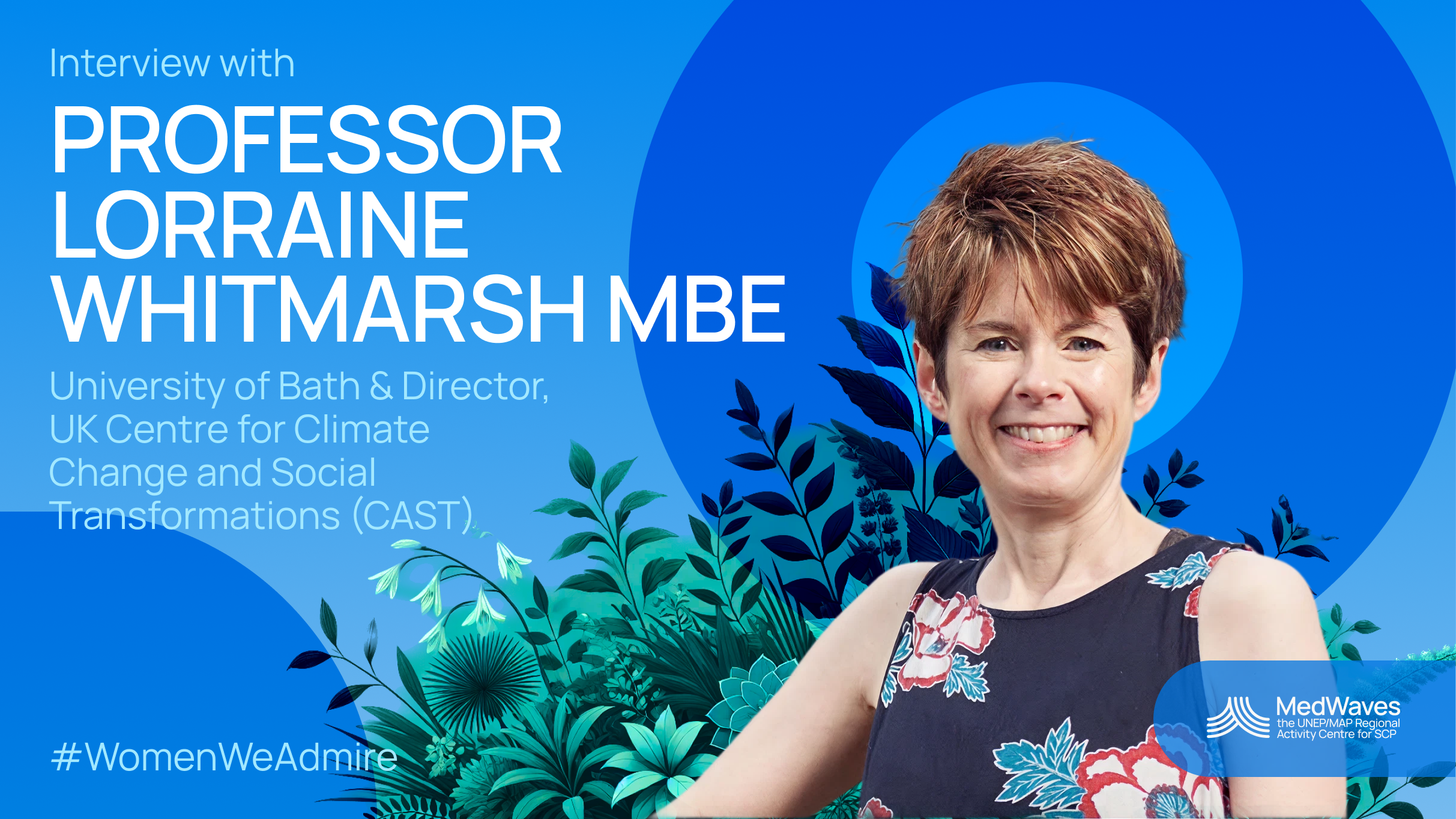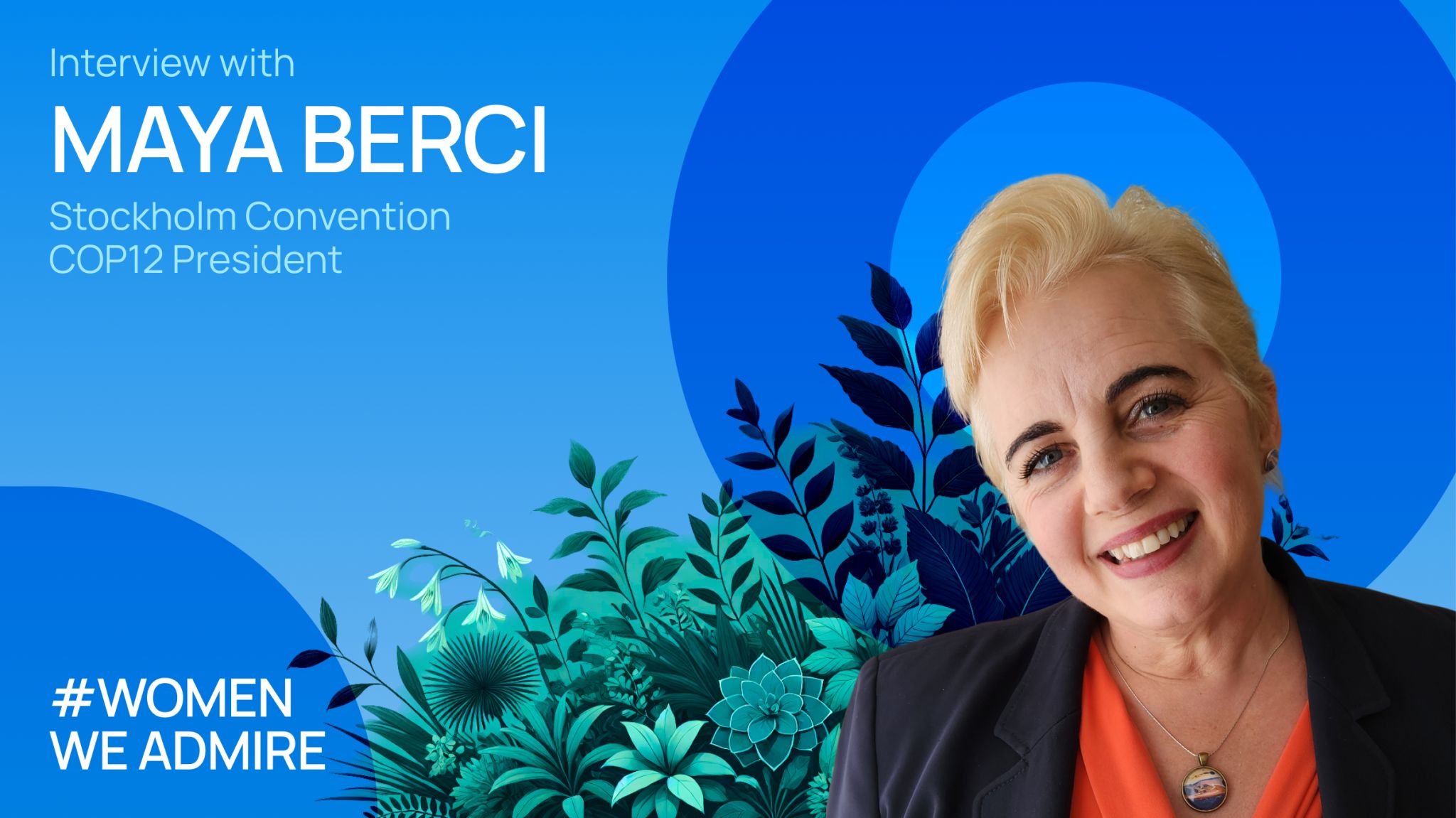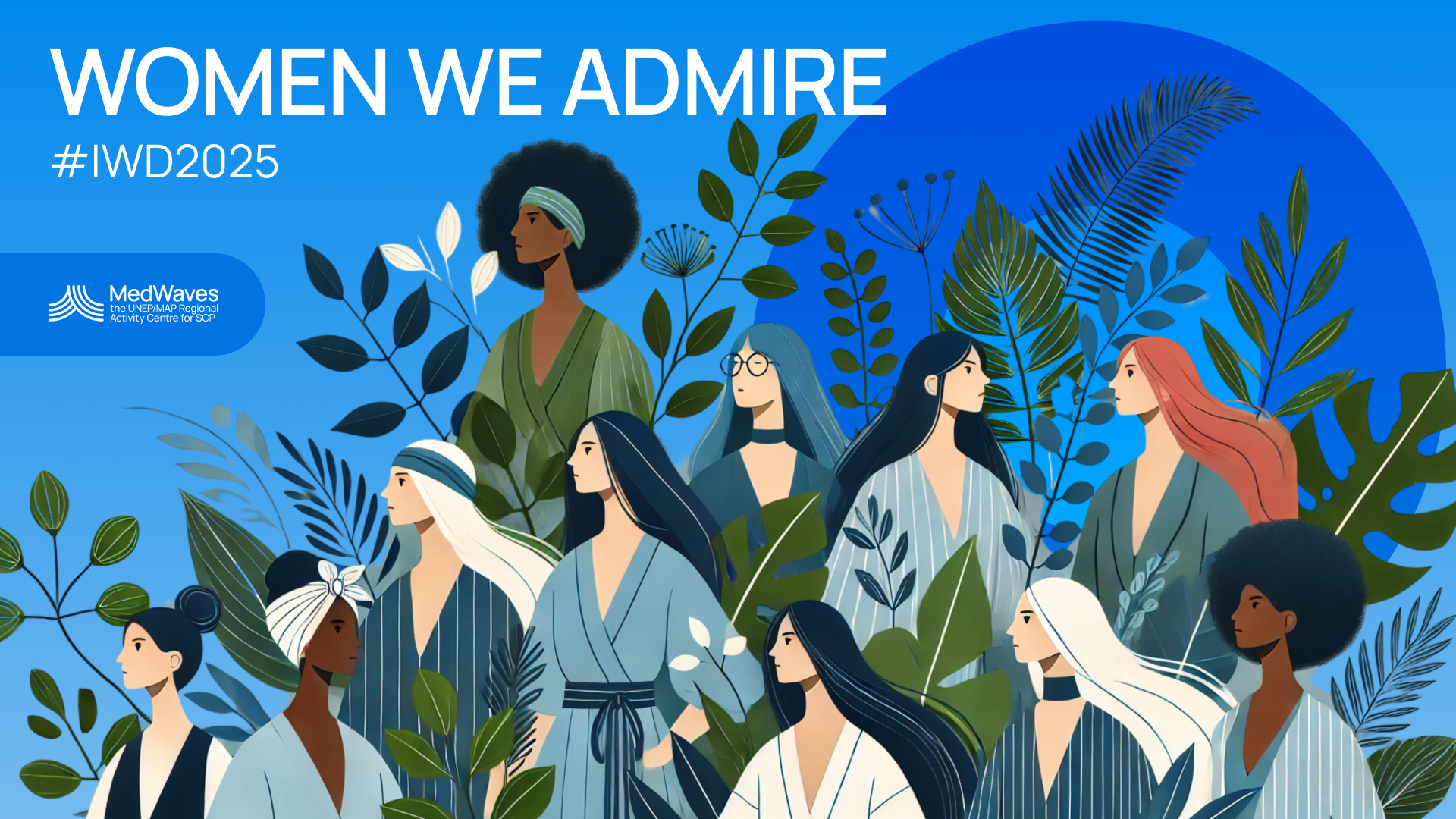Women We Admire: Interview with Anna Sanchez Vidal, Associate professor and Researcher at University of Barcelona
Welcome to the third episode in the MedWaves’ Women We Admire series designed to illuminate the work of remarkable women who are leading the collective effort to establish and maintain a sustainable, inclusive, healthy future throughout the Mediterranean. These are women who embrace an unshakable belief in taking action by developing innovative strategies to shift outcomes for full representation and unequivocal environmental balance.
Anna Sànchez Vidal immediately comes to mind when we think of leadership and Women We Admire. She is an exquisite example of a woman who is devoted to designing and implementing actions that create a significant positive impact on monitoring environmental microplastics and specifically, their impact in the Mediterranean Sea. Anna emphasises the importance of the feminine in the life-threatening climate dynamic, seeking to educate and empower women of all ages regarding their influence not only as citizens, but as decision makers.
Anna’s commitment is demonstrated by her work as a professor, lecturer and researcher at the University of Barcelona where she is deeply involved in marine research. She is also one of the founders of Surfing for Science, a citizen science project established to evaluate microplastic pollution. Through the engagement and empowerment of citizens, the project has contributed to science by accurately determining levels of microplastic pollution in the Mediterranean and taken action to diminish it! Additionally, Anna is a member of the Scientists’ Coalition for an Effective Plastics Treaty and a key contributor to Trace with a current program that aims to build a floating marine litter monitoring and forecasting system in coastal regions that yield a better understanding of the marine litter transport processes and the creation of a practical tool to contribute to better waste management and achieve sustainable targets that accelerate the transition to a plastic circular economy.
Anna illustrates the importance that ideas are only part of the picture. It’s the action we take that makes a difference in statistics and the health and well-being of our Ocean and communities. Her essence is the true definition of passionate leadership.
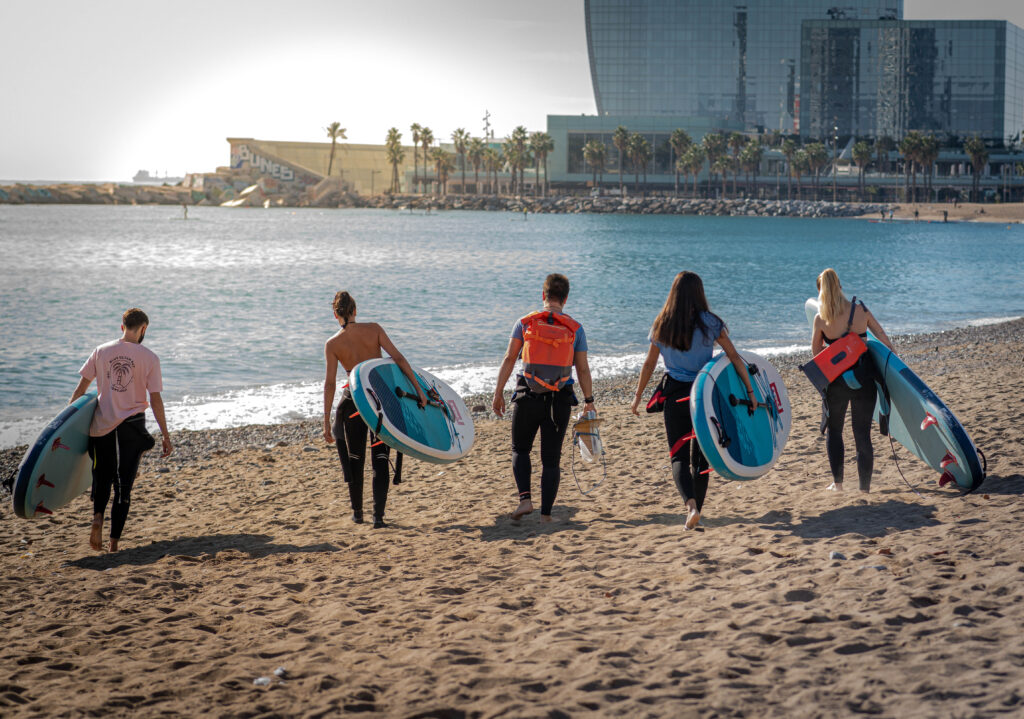
MedWaves: Why is it important to empower women as key influencers and practitioners when addressing plastic pollution?
Gender, environment, and development are deeply interconnected, particularly in developing countries. And environmental degradation especially due to plastic pollution disproportionately affects women! How? First, women are more vulnerable to the health impacts of plastic pollution: many cosmetic and hygiene products contain microplastics and endocrine-disruptors like bisphenols, PFAS or phthalates, posing long-term health risks, particularly for women and girls. And second, due to persistent gender stereotypes: women are still largely responsible for household purchasing decisions, waste separation, and disposal, in developing countries. This gives women significant, though often overlooked, influence over patterns of consumption and waste management.
Thus, gender is not only a factor of vulnerability but also a potential driver of change in consumer behaviour and environmental action. Unfortunately, despite their critical roles, women remain underrepresented in environmental decision-making processes. Their voices, experiences, and perspectives are frequently absent from policies and programs aimed at addressing plastic pollution. Empowering women can significantly enhance the effectiveness of plastic pollution interventions.
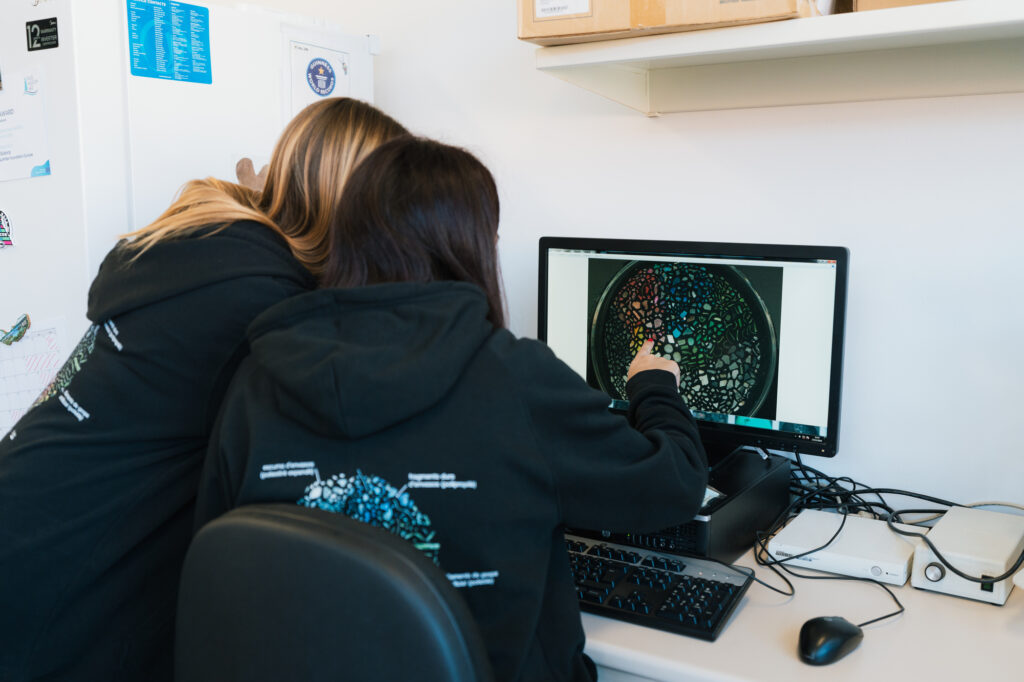
MedWaves: Do observances like the International Day of Women and Girls in Science (11 February) help foster citizen engagement and bring visibility to inspiring women role models in your field?
Yes, absolutely. The International Day of Women and Girls in Science plays a vital role in bringing visibility to women in scientific fields and inspiring younger generations, especially girls, to pursue careers in science and environmental disciplines where women have long been underrepresented. This visibility is particularly important within academia, a sector I am most familiar with, where gender disparities remain significant and persistent. There is a progressive loss of women at each stage of the academic and scientific career path, which is known as the “leaky pipeline”. Although many girls and women enter university with an interest in science, technology, engineering, and related fields, their numbers decline as the academic career progresses, resulting in only a small percentage reaching senior academic or leadership positions. This may be due to lack of visibility of women in senior positions, a lack of mentorship in a sometimes “hostile environment” in early stages of the academic careers, the unequal opportunities for funding, promotions, publication, and specially recognition (many so-called “manferences”, which are all-male conferences), and (4) greater pressure balancing academic careers with caregiving responsibilities. Making women visible in senior academic or scientific positions, and breaking stereotypes early, allow girls to envision themselves in those roles. It encourages and empowers them, and they are more likely to pursue an academic career and become future mentors and examples for the next generation.
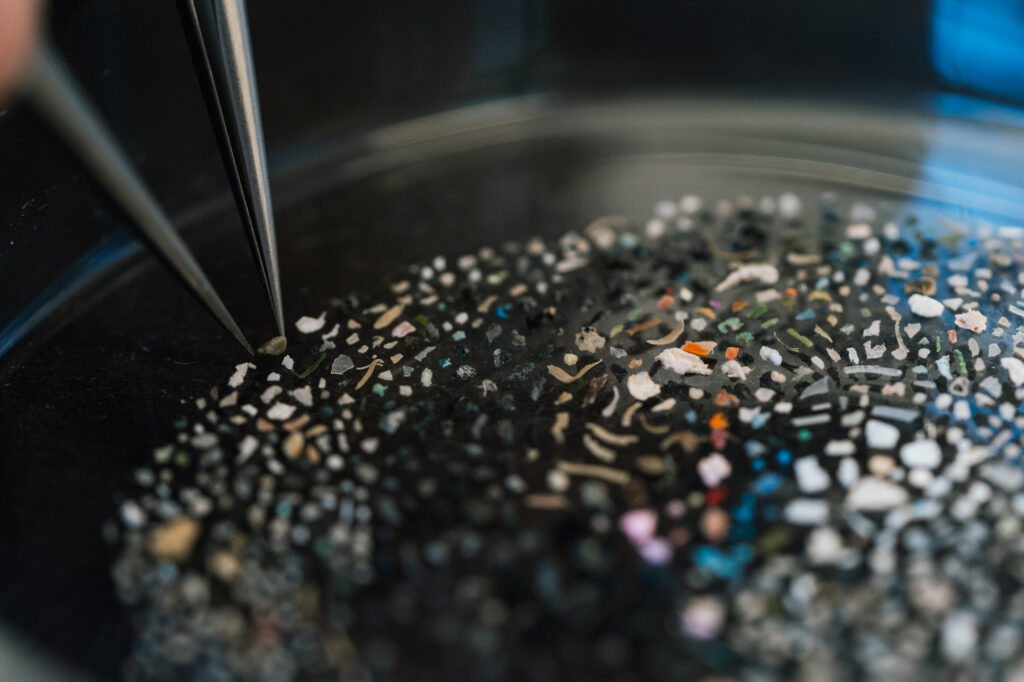
MedWaves: You have devoted so much of your professional career to addressing the challenge of microplastics. What is it that you wish everyone understood about it and why do we need to be talking about microplastics more?
I wish people were more aware of just how much plastic surrounds us in our daily lives. It’s not about banning plastic straws or supermarket bags: plastic is everywhere, and we accept it as normal. For example, meat or fruit packaging, beverage containers, wet wipes, artificial turf covering gyms, schools, roundabouts or music festivals, or any other disposable or single use plastic that we need to start phasing out as soon as possible. It is not about increasing recycling efforts or organizing clean up initiatives (either by citizens or capitalised by the industry). This is not the solution. We need to stop covering our floors and walls in plastic and wrapping and packaging products in plastic (one of the most durable materials on the planet) for items that are used for only a few minutes.
MedWaves: How do you see the role of citizen science being important in helping to both make people aware of the gravity of the challenge we face as well as provide a real space to do something about it? Which citizen science initiatives have the greatest impact?
Our project Surfing for Science has proven that citizen science is a powerful tool in plastic pollution research. Investigations on plastic pollution began in the early 70s in the remote open Ocean far away from the coastal zone, where large accumulations of plastics were found floating in the subtropical gyres. However, there appeared to be a major fraction of all plastic dumped into the Ocean since 1950 that was missing as it hadn’t been found in surveys tracking floating plastic debris in the open Ocean. While it was estimated that 12 million tons of plastic entered the Ocean per year, the amount of floating plastic in the open Ocean is significantly lower. Where this “missing” plastic is was a longstanding scientific question after being posed by Professor Richard Thompson in 2004.
When we started our project in 2019 there was some evidence that a natural sorting for plastic debris was occurring in coastal environments, where a major part of entering plastics is stranded and captured, and only a small fraction eventually escapes and accumulates in the open Ocean. Considering the predicted growth in plastic waste, knowledge of the occurrence and fate of microplastics in the coastal zone and the mechanisms governing their temporal variability was a key challenge at that time that needed to be urgently addressed. But we didn’t have the economic resources to do that. Who could help? The answer was with citizens, of course!
We designed a net trawl to collect scientific samples of floating plastics in the nearshore from SUPs, kayaks, and rowing boats, and we gave that trawl to citizens to collect samples at previously overlooked distances from shore with enhanced spatial and temporal coverage. Our results revealed that pollution by microplastics in the nearshore was even higher than that found in the subtropical gyres, and that the breakdown of plastics occurs in the nearshore. The project has represented a paradigm shift in microplastic research, and we have proven that citizen science is a powerful tool in plastic research as it provides scientifically meaningful results while stimulating citizen engagement.
MedWaves: Is there a connection between citizen science as a way to help women in science in general?
I would suggest the other way around: citizen science is more effective when women join teams!
MedWaves: Can you talk a bit about your experience as a member of the Scientists’ Coalition for an Effective Plastics Treaty?
I’m actually one of the 900 independent scientists with expertise in plastics who have signed the declaration calling for UN negotiators to develop an international legally binding instrument on plastic pollution. The Scientists’ Coalition has contributed to support the UN delegates throughout the negotiating process, providing unbiased, evidence-based scientific content and knowledge. Our primary goal is to deliver independent and robust scientific evidence that enables informed decision-making and helps secure a strong and binding treaty focused on reducing plastic production and minimizing exposure to plastic chemicals.
MedWaves: What could take place in INC 5.2 that would truly move the needle for the treaty?
A movement towards increased transparency and accountability (no closed-room informal negotiations) while ensuring the meaningful inclusion of rightful knowledge holders, local communities, scientists, and civil society. That would ensure that the negotiation process is grounded in the best available scientific evidence and knowledge.
MedWaves: How would you describe one of your most proud career moments?
One of my proud career moments has been when we realised that our citizen science initiative had collected more than 100,000 floating plastics and that we had each plastic characterized by size, area, shape, colour, and polymer type. That wouldn’t have been possible without the effort of several social, environmental and sports associations, hundreds of citizens collecting scientific samples, and all personnel involved in laboratory work that included a bunch of students with a Marine Science degree at University of Barcelona who were deeply involved in the project. Our huge microplastic database has revealed surprising plastic sources. For example, we found a large amount of artificial turf fibres floating in nearshore areas adjacent to large cities such as Barcelona. We were surprised at the ubiquity of this type of contamination and that it had gone unnoticed in studies to quantify and characterize plastics in the aquatic environment. Our study determined that apart from reducing urban biodiversity, reducing runoff, overheating (up to 50ºC more than natural surfaces) and containing a large amount of harmful chemical compounds that give it durability, artificial turf surfaces are an important source of plastic pollution for the environment.
MedWaves: Who are women you admire in the field of microplastics?
Max Liborion for her feminist and anti-colonial approach to study marine plastic pollution. Bethanie Carney Almroth, Carmen Morales Caselles and Melanie Bergmann for their excellence in plastic pollution research and activism at the science-policy interface. And Imogen Napper for her pioneering work on microbeads, clothing fibres and plastic bags, as well as for spreading environmental awareness and positivity through outreach and talks.
********************
Want to receive our news and updates directly to your inbox? sign up for our Newsletter!


